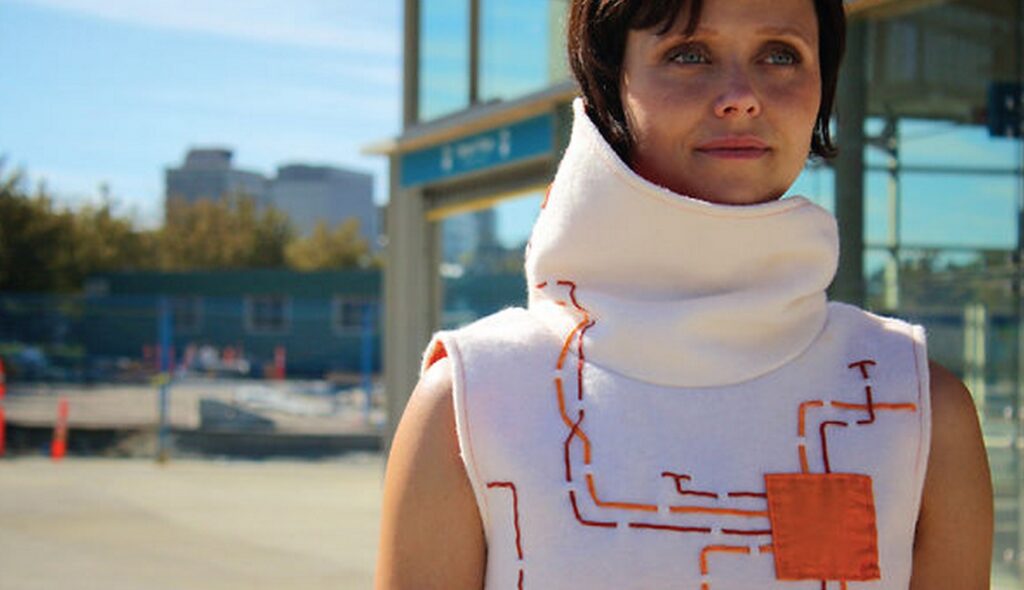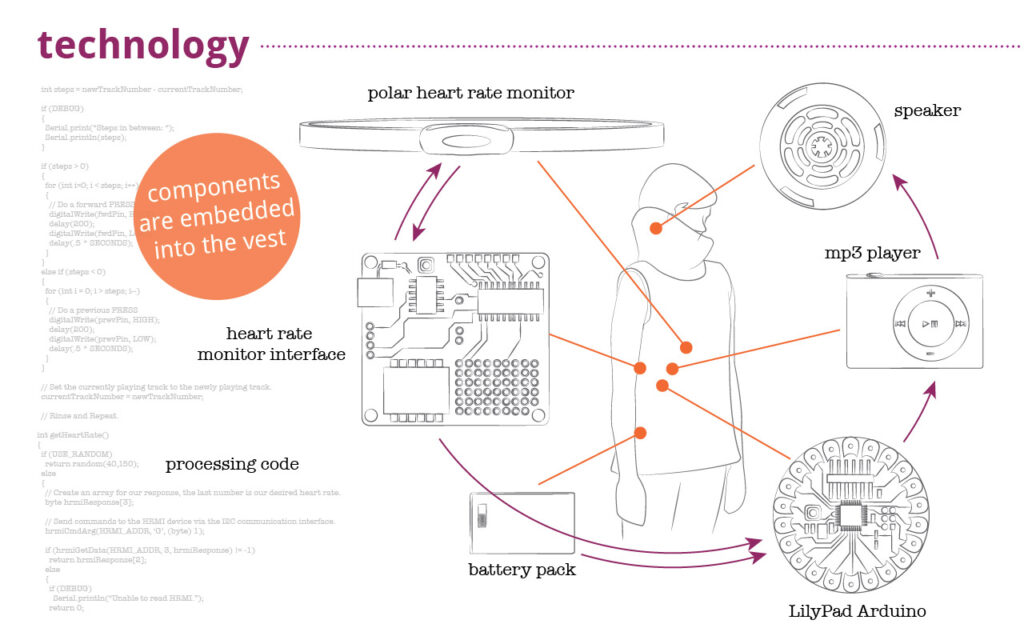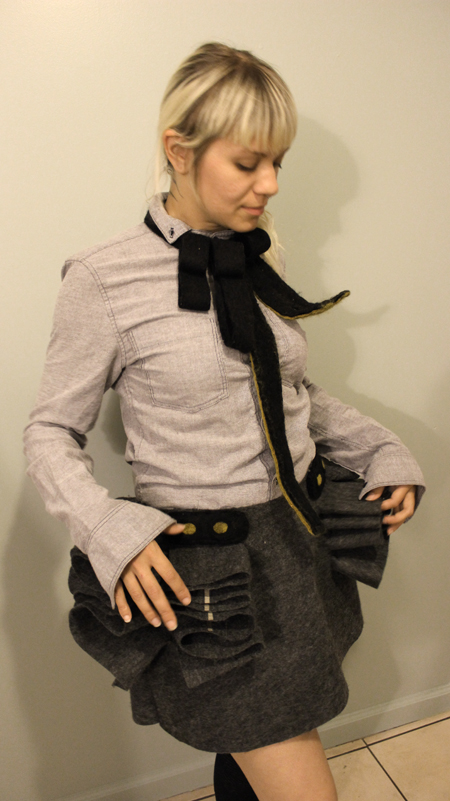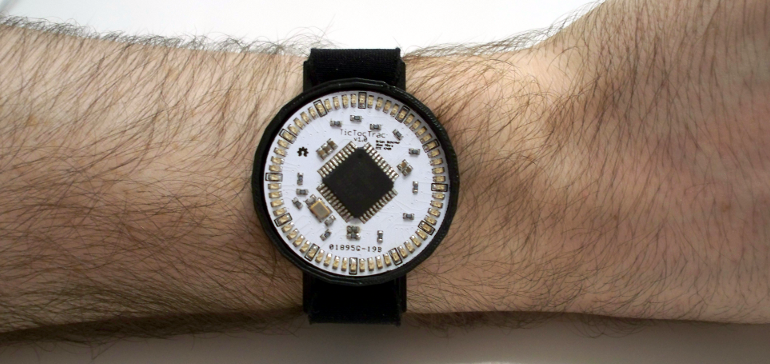A yet another application of wearable electronics – to train blind athletes with pressure feedback.
A work that is a part of the Innovation Design Engineering (IDE) masters programme run jointly by Imperial College and the Royal College of Art has a team designing it, as part of course. Mining company Rio Tinto has launched a ‘Sports Innovation Challenge’ for new paralympic opportunities, ranging from equipment through to radical new sporting events and competition models.
“As a visually impaired person, you don’t develop the same kind of kinaesthetic awareness — so we began with how you can rebuild body awareness and how you can actually have a feeling of where your limbs are in space, if you lost your sight, for instance,” said IDE student Benedict Copping.
Noting that the vast majority of sighted athletes use coaching demonstrations or video-analysis techniques to perfect complex motion skills, Copping’s team wanted to find a way for blind athletes to similarly benefit.
The design comprises of wearable joint pads that record the position of the limb in space and keep this as a reference against predetermined angles, giving a graded vibration feedback as they match up.
Flex sensors, vibration motors (like those used in mobile phones) and an Arduino mini pro electronics board (for computation) are some of the easily available components that are used.
“If you’re visually impaired, because you can’t reflect on somebody else doing the motion, the coach moves the hand around, so what he’ll do is get the first position and press a button, store that, then [get a] second position, store that — so a combination of points together will build a picture. Then when you actually change movements, it will vibrate more and more until you get the correct position,” Copping said.
For creating the winning design, the Ghost team (which also includes Jason Cheah, Shruti Grover and Idrees Rasouli) will receive undisclosed funding from Rio Tinto to further develop the technology.
[Via: TheEngineer]













